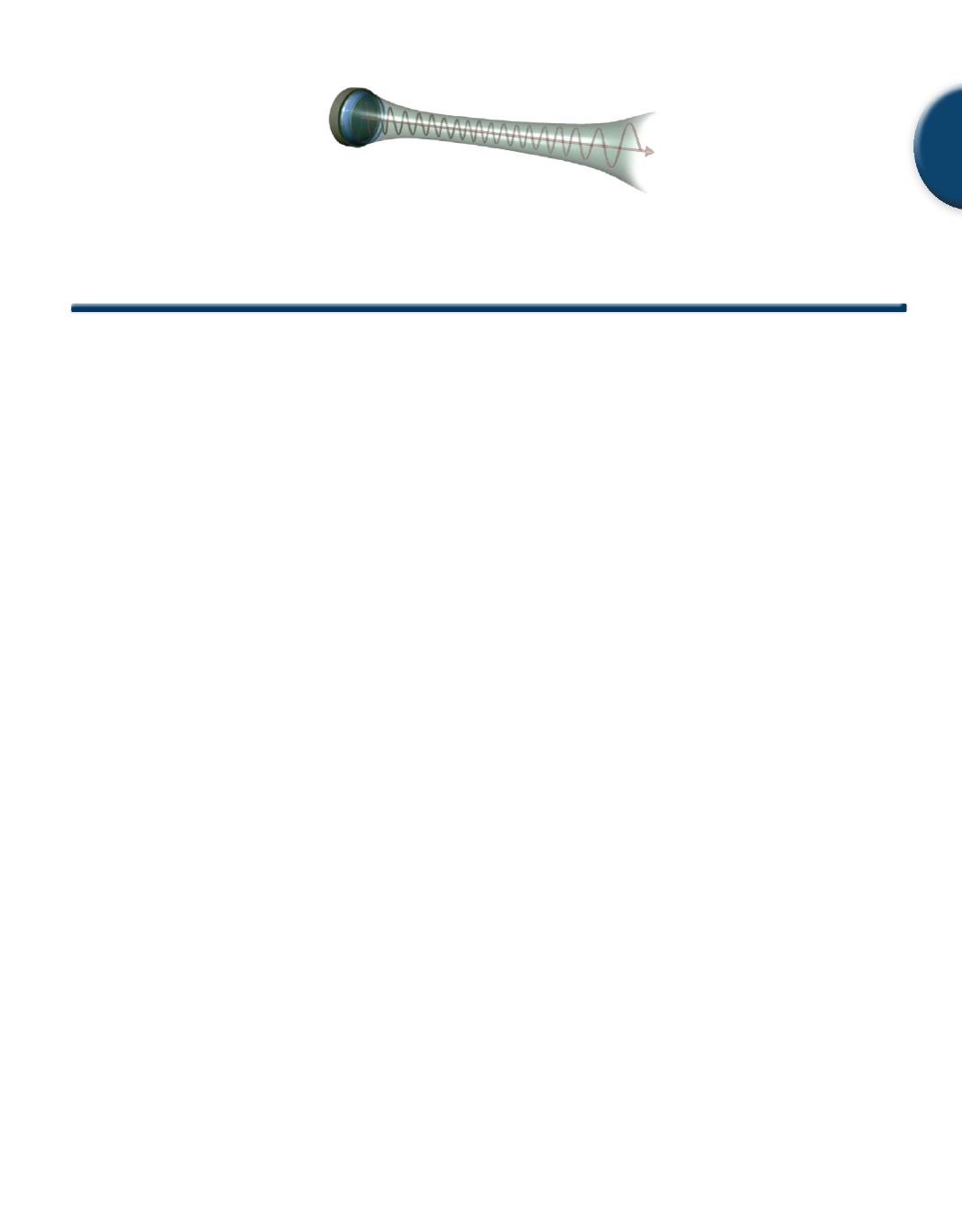
Appendix A: Mathematics
497
A
The Value of Mathematics to Learning Physics
Introduction
Without math, it is not possible to learn physics. Math is to physics
what a paintbrush is to a painter, or physical conditioning is to an
athlete. The foundation of physics is mathematics. Therefore, to
understand physics, and not just memorize facts, you must have a
rudimentary understanding of mathematics.
Types of Math
Most people think of mathematics in terms of basic arithmetic and
numerical manipulation. While this is certainly true, it represents
a very narrow view of mathematics. Mathematics is really an
enormous field that includes many different topics. The field of
mathematics includes many disciplines such as algebra, number
theory, geometry, calculus, trigonometry, topology, and even logic
and reasoning. Although you will not need to become an expert in
any of these, the more you learn in mathematics, the easier it will
be to understand physics.
How Much Math Will You Need?
Many people in the field of ultrasound will state that there is very
little mathematics on the board exams. I do not agree. I think
this disparity in opinions stems from the very narrow definition
of mathematics as numerical calculations. Admittedly, there are
very few numerical calculations on most credentialing exams, and
certainly not intensive computations that would require a calculator.
However, depending on the specific credentialing test and the test
version, there are approximately twenty-five to forty percent of the
questions that involve some form of mathematics.
As youwill discover throughout this book,themathematics included
on the credentialing exams generally does not include performing
many calculations, but rather asks relative relationships and logical
conclusions from the mathematical relationships between variables.
In other words, instead of asking you to calculate the resistance to
flow for a fluid flowing through a vessel, you may be asked how the
resistance to flowwill change with changes in parameters that define
the vessel. Instead of asking you to calculate a Doppler shift for a
given transducer frequency,given a specific angle to flow and a blood
flow velocity,youmay be asked how the Doppler shift would change
if a different transducer operating frequency were used given the
same angle to flow and blood flow velocity. Answering this type of
“relative” question involves math skills, which many students have
not used for a long period of time, or worse, never developed. This
last point is precisely why it is so critical for you to learn the basic
mathematics, as outlined below.
To learn the basics of ultrasound (Level 1) youwill need a proficiency
in the basic mathematical functions. Specifically, you will need to:
• Be comfortable with the language of mathematics and
translating English into mathematical functions.
• Add, subtract, multiply, and divide.
• Deal with fractions, percentages, and decimal notation.
• Understand exponential form and become fluent with the
metric system.
• Understand the concept of reciprocals.
• Understand basic relationships of variables within an
equation (proportionality and inverse).
• Perform algebraic manipulation of equations.
To master Level 2, you will need some higher-level math skills.
Specifically you will need to:
• Understand the difference between absolute and relative
information.
• Understand the difference between linear and non-linear
relationships.
• Recall or determine the equations commonly used in ultra-
sound physics and in hemodynamics.
• Understand the basic trigonometric functions of the sine
and the cosine.
• Understand and apply the concepts of logarithms and
decibels.
• Understand the basics of the binary system (relative to base 10).
Mathematics
Appendix A


